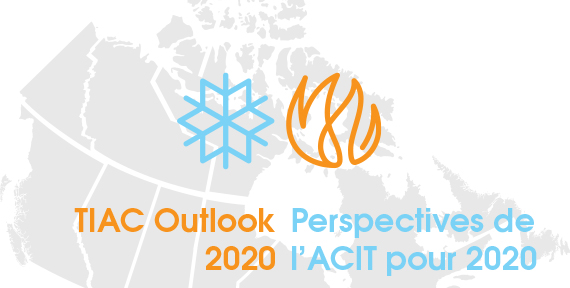
By / Jordan Whitehouse
As with the Canadian construction industry as a whole, the mechanical insulation sector is expected to continue its boom, particularly in Quebec, Ontario, and British Columbia, says Steve Clayman, TIAC’s director of energy initiatives. Manitoba will also be quite active, he says, while in Alberta and Saskatchewan the economic downturn there will likely continue to impact the sector through 2020.
As for what types of projects are seeing big increases in the country’s three most populated provinces, it continues to be condo construction and office buildings, with infrastructure close behind, says Clayman. “The growth there is really unprecedented.”
Which makes the need for more skilled workers entering the trade even more pressing. Labour shortages are still a huge concern across the country, but Clayman’s industry contacts tell him there have been significant increases in women entering the trade over the past year. More are needed, however, and that’s only going to happen when women truly feel safe and welcome. “Obviously the bulk of people entering are young men, and that has set up a dynamic where women do get harassed,” says Clayman. “That’s a huge impediment, and it still needs to be dealt with.”
New immigrants are another population that TIAC has historically tried to target to fill labour shortages, but Clayman says the association has been met with such little success that they aren’t spending any more time on it. Governments are trying to make inroads on this front, he adds, but more needs to be done.
On the regulatory side, Clayman says there have been—and will continue to be—significant changes. It started with TIAC’s involvement in the National Energy Code for Buildings 2015, which, in part, led to making the thickness of insulation consistent throughout a system. Some contractors have objected to this, saying, for example, that there isn’t enough space between pipes to make it consistent. “But the beauty of the legislated building code is that it levels the playing field,” says Clayman. “And my retort to these contractors is unless you plan to cheat, you and your competitors have to bid this way.”
On the provincial level, regulators of several provincial energy codes are in the process of harmonizing their energy requirements with federal codes. In BC and Ontario, for instance, the objective is to take the best of both codes and form a new one.
That’s a good thing for the mechanical insulation industry, says Clayman, but it’s in the execution where things could go astray. And that’s why the idea of mechanical insulation inspection is gaining traction, he adds. In BC, there is already an inspection process in place, while in Quebec, the Quebec Insulation Association is pushing to establish one. In Ontario, TIAC recently submitted a request to include inspections as a requirement of the Ontario Building Code.
Clayman also says benchmarking is gaining a lot of interest. In Ontario, for instance, major buildings are required to submit their energy savings results annually, and now that they have tackled big things like lighting and envelope, they’re now looking at smaller changes, which brings mechanical insulation into play. “So it’s all about what can you do to complete the circle, and it’s good to see mechanical insulation part of the conversation.” ▪



